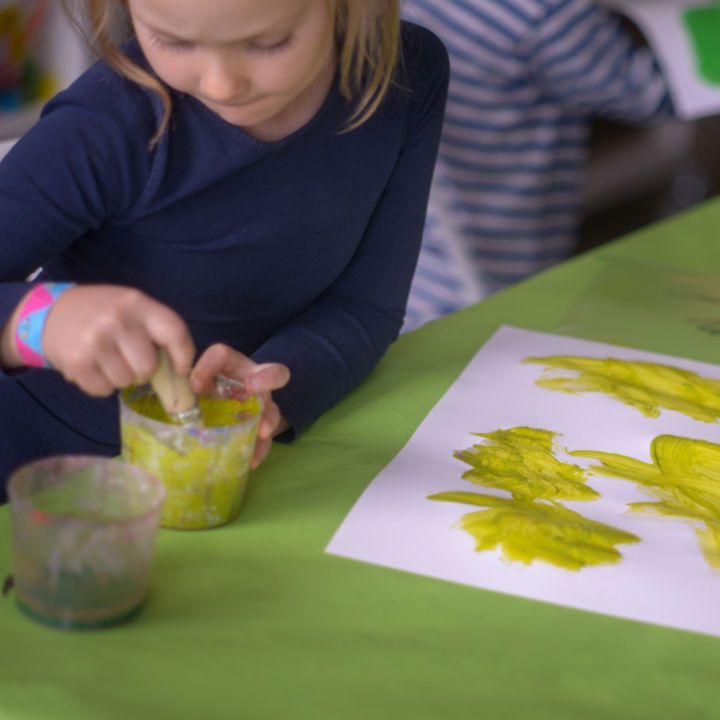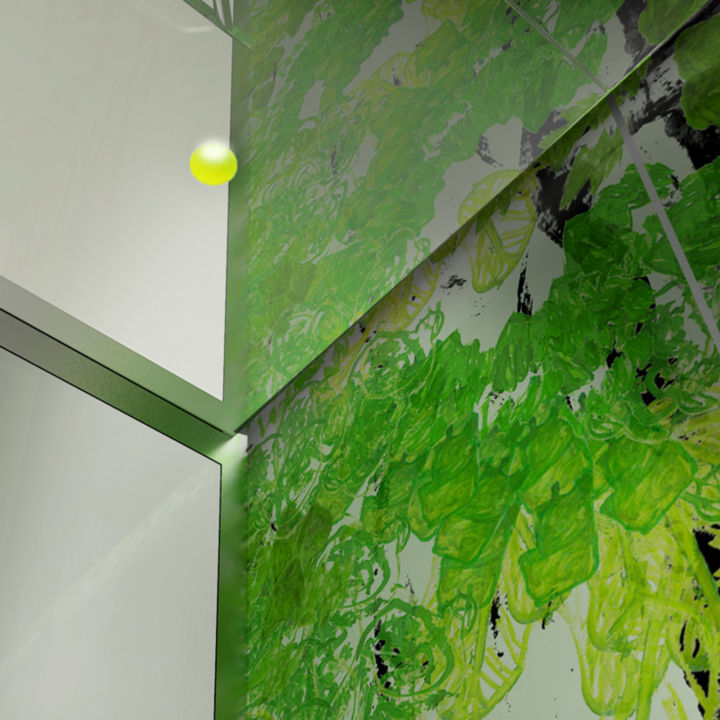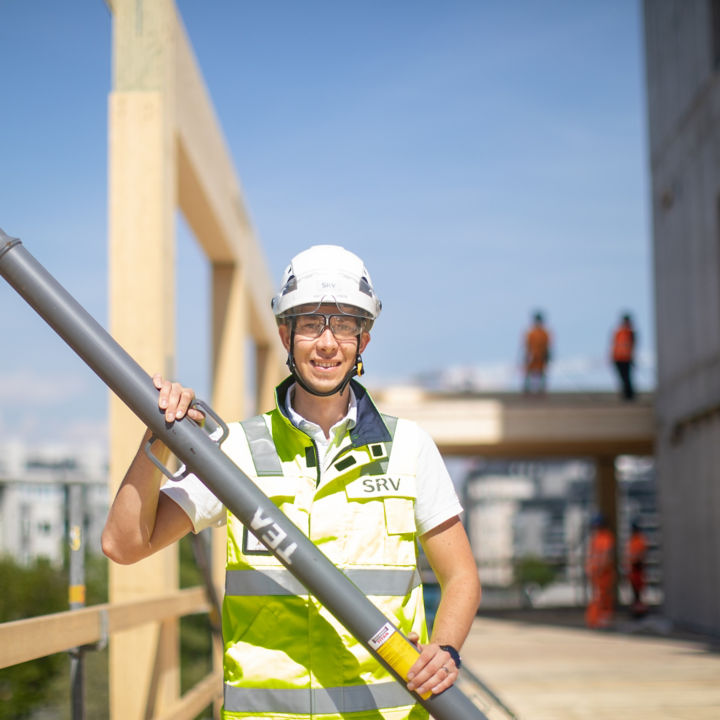Wood City is a showcase of sustainable construction in Helsinki’s seaside district of Jätkäsaari. Here, a group of five- and six-year-olds got to participate in the creative project of a lifetime: They helped design a part of their community together with the Arkki School of Architecture for Children and Youth, KONE, and construction company SRV.
“This was an amazing project for children. It empowered them as they had the opportunity to plan and design the interior of an elevator that takes kids and teachers up to the rooftop playground from the daycare center,” says Pihla Meskanen, founder and CEO of Arkki.
In addition to the daycare center that caters primarily to the children of the people working in Wood City’s office space, the development comprises hotel and residential quarters.
“This project gave the participating children important experience of a real-world design process, a unique experience of involvement, and inspired them to look at the built environment in a new way,” says Meskanen.
The power of participation

The inspiration for this collaboration came from the desire to create the best possible experience for the people who will be riding the elevator the most – children. Children were also involved in designing the daycare center.
“The unique interior of this elevator was designed by children for children, and it will help them build a connection with the building, making everyday life at daycare a bit better,” says Visa Rauta, head of design at KONE. He adds that while KONE has made special elevator designs for youth in the past, this is the first time KONE is working with kids to actually design an elevator interior.
“The educational part, the creation process, is as important as and equal to the end result,” he says.
KONE created a life-sized mock-up elevator for the children’s creative workshop at Arkki so the kids could see their artwork projected on its walls as part of the design process.
Turning challenges into opportunities

Managing unexpected outcomes and transforming them into an industrial product is one of the challenges with this type of project, says Rauta.
“We had to be very flexible, and some extra creativity was needed from our side to make implementation possible. We think that every co-creation project is an opportunity to learn and strengthen our insight.”
According to Arkki’s Meskanen, another benefit for children is that they can learn about building processes.
“Buildings don’t just rise out of thin air, there’s a lot of technical and design planning work that goes into them. And now the children got to be artists and interior designers and see how different professionals work together.”
Designing better cities

Antti Aaltonen, development director at SRV, says that Wood City is unique for several reasons, among them sustainable design using a traditional material in a unique way.
“Wood City was built in three phases, with three different sections: apartment buildings first, then office space that was completed in 2020, and hotel accommodation completed in 2021. Using wood for this type of hybrid quarter was new in Finland, and the sustainability aspect was very clear. In lifecycle assessment, wooden buildings on this scale have a much smaller carbon footprint than concrete ones,” says Aaltonen.
As Rauta sums up: “This kind of project helps to make cities better places to live in. As cities grow denser, there are less free playground areas for children. With this type of example, we can spread the word and show how design can improve life in an urban environment.”
